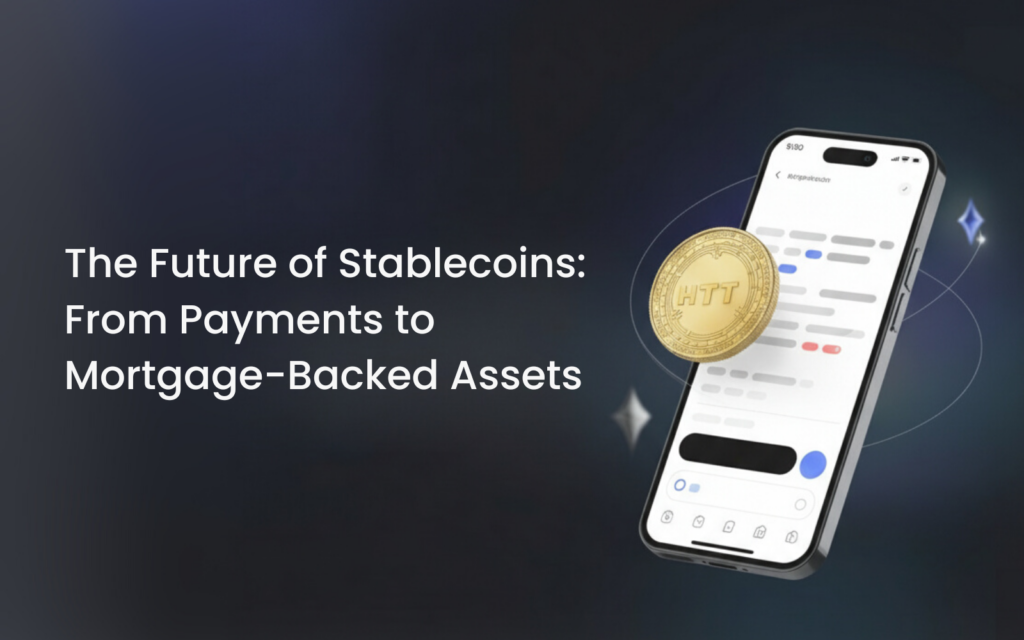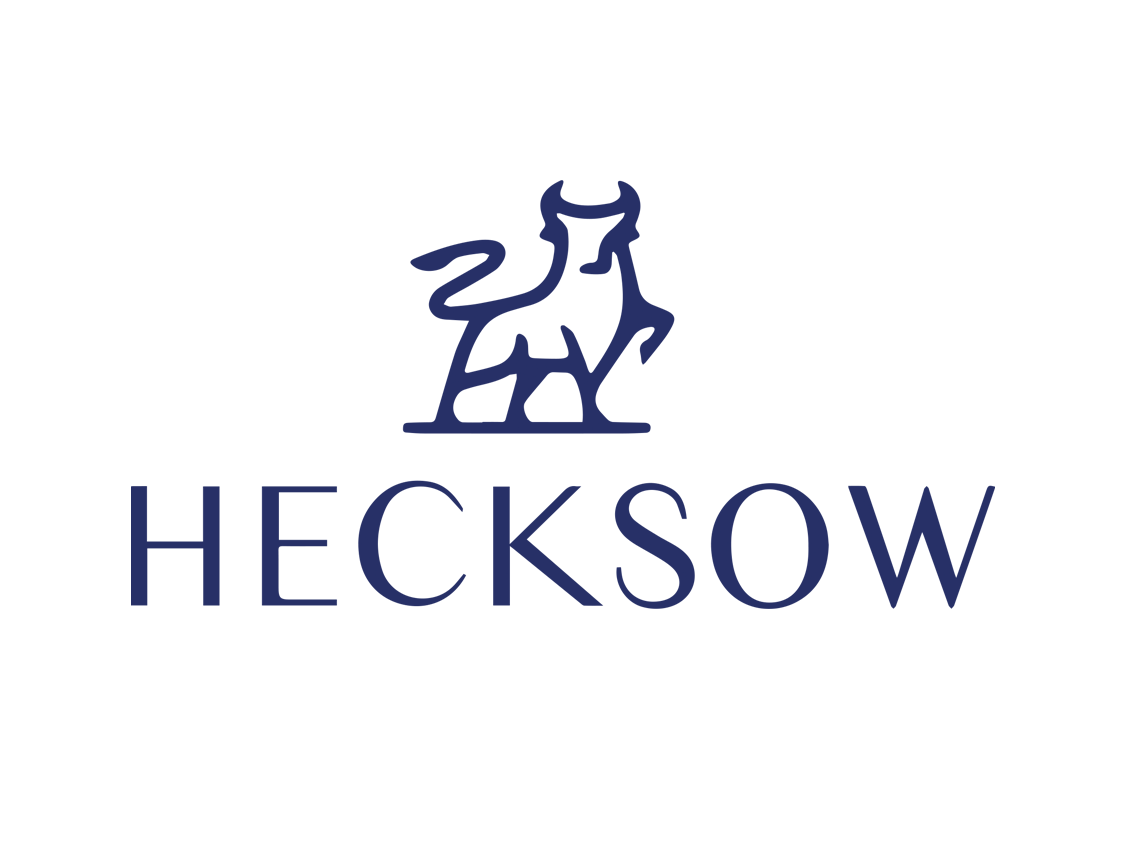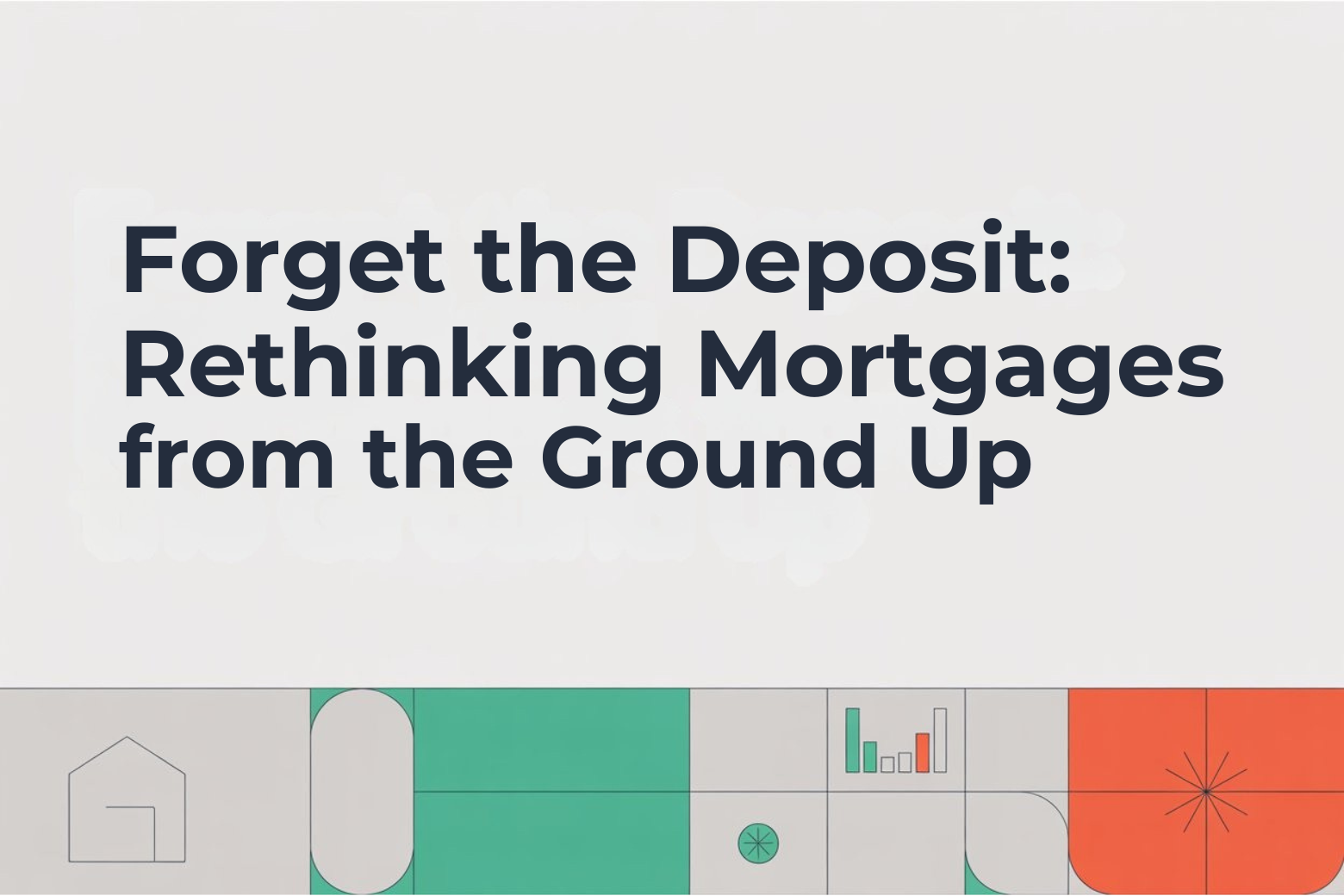Stablecoins have quietly become the backbone of crypto. Whether it’s traders using USDT (Tether) for fast settlements or businesses accepting USDC (USD Coin) for payments, these dollar-pegged digital assets are now central to global finance.

But as adoption grows, so do the questions:
- Are existing stablecoins truly stable?
- Do they offer real-world backing or just paper promises?
- And what comes next in the evolution of digital money?
The answer lies in a new generation of stablecoins — mortgage-backed assets like Hecksow’s HTT. Unlike traditional stablecoins, HTT isn’t just tied to fiat reserves in a bank. It’s backed by real-world mortgages, offering transparency, yield, and stability that both individuals and institutions are starting to demand.
What Are Stablecoins Today?
Stablecoins are digital currencies designed to maintain a stable value, usually pegged to the U.S. dollar. They bridge the gap between volatile cryptocurrencies and traditional money, making them essential for trading, payments, and remittances.
The two most widely used stablecoins today are:
- USDT (Tether): The largest stablecoin, with a market cap of over $100 billion, widely used for trading. Critics argue about the transparency of its reserves (source).
- USDC (USD Coin): Issued by Circle, backed by cash and U.S. Treasuries. It has stronger transparency standards but still relies heavily on the traditional banking system.
Both have been essential in crypto growth. But they share a limitation: they are still tied to the fiat system and depend on centralized institutions for trust.
The Limitations of Fiat-Pegged Stablecoins
While USDT and USDC have been game changers, they face three key challenges:
- Centralization Risk – Reserves sit in banks and Treasuries, subject to regulators, audits, and government decisions.
- Transparency Gaps – Even with audits, many users worry about whether these coins are fully backed at all times.
- No Yield for Holders – Stablecoin users don’t earn income; the issuers profit from investing reserves, not the community.
For institutional investors seeking real-world asset (RWA) exposure, this model isn’t enough. They want tokens that are transparent, yield-bearing, and backed by assets that matter to people’s daily lives.
Enter Real-World Asset (RWA) Tokens
The next big wave in crypto isn’t meme coins or even DeFi — it’s RWA tokens. These are blockchain-based tokens tied directly to tangible assets: real estate, commodities, credit, and more.
According to The Block, analysts believe RWA tokens could unlock trillions in new liquidity. Institutions see them as a bridge between blockchain efficiency and real-world stability.
Mortgages, in particular, stand out as the largest untapped RWA market. Globally, mortgages represent a $60+ trillion industry. Bringing this onto the blockchain could fundamentally reshape both housing and finance.
What Makes Hecksow’s HTT Different?
Hecksow introduces HTT (Hecksow Treasury Tokens) — a mortgage-backed stablecoin built on real-world housing markets. Here’s how it redefines stability:
- Backed by Mortgages, Not Just Fiat
Every HTT minted is tied to an actual mortgage, with data verified on-chain. That means the backing isn’t just dollars in a bank account, but homes in real communities. - Transparent Proof of Reserves (PoR)
All mortgages backing HTT are tokenized into NFTs with on-chain data: property title, valuation, LTV, payments, insurance, and taxes. Anyone can verify reserves transparently. - Monthly Rewards for Holders
Unlike USDT/USDC, HTT holders receive rewards in HKW (Hecksow Utility Token) every month. That creates yield for investors and utility for homeowners. - Decentralized and Global
HTT isn’t tied to one government or bank. It’s pegged to national currencies where mortgages originate, making it borderless yet locally grounded.
👉 Learn more about Hecksow’s approach.
Why Institutional Investors Care About Mortgage-Backed Stablecoins
Institutional money is looking for stable yield in the digital world. Mortgage-backed stablecoins like HTT check all the boxes:
- Yield-Bearing – Unlike fiat-backed coins, HTT shares value creation with holders.
- Real-World Impact – Mortgages are a cornerstone of economic stability; backing tokens with them creates trust.
- Regulatory Alignment – Mortgage markets are already regulated; tokenizing them provides clarity for governments and investors.
- Diversification – Institutions don’t want to hold only U.S. Treasuries. Mortgage-backed assets create new ways to diversify reserves.
For these reasons, analysts believe HTT could become a reserve-grade stablecoin, competing not just with USDC/USDT, but even with U.S. Treasuries as a store of value.
How HTT Fits Into the Future of Stablecoins
The future of stablecoins will be defined by three forces:
- Utility Beyond Trading – Stablecoins must move beyond crypto exchanges into global payments, mortgages, and salaries.
- Transparency and Trust – On-chain Proof of Reserves will replace opaque balance sheets.
- Yield Sharing – Communities, not issuers, should benefit from the economic activity generated by reserves.
HTT embodies all three. By anchoring stablecoins to mortgages — the ultimate real-world asset — Hecksow delivers stability, yield, and transparency in one package.
Stablecoins Are Growing Up
The first generation of stablecoins (like USDT and USDC) solved crypto’s volatility problem. They made payments faster and gave the market a foundation.
But the next generation is here.
Stablecoins like Hecksow’s HTT are backed by real-world assets, yield-bearing, and transparent by design. They aren’t just about payments — they’re about ownership, trust, and long-term stability.
The future of stablecoins isn’t speculation. It’s mortgages, homes, and communities — all on-chain.
👉 Follow Hecksow to learn how HTT is building the foundation for this new era of digital finance.




